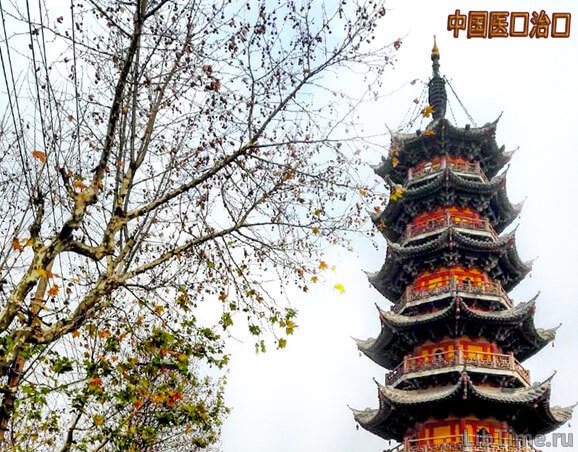The teaching of childhood diseases in ancient China
Historians of Chinese medicine attribute the doctrine of childhood diseases in ancient China, including childhood infections, to the famous pediatrician Qian Yi, who lived in the second half of the 11th - first half of the 12th century (for more information: China in the 12th century).
Books on pediatric diseases
The very beginning of the development of the section of medicine on pediatric diseases dates back to an earlier period.
A book on pediatric pathology
As early as the Han Dynasty (618-906), there was a book calledLi Shin Ding, which was specifically devoted to pediatric pathology (Books of Chinese Medicine). But it still lacked a definite system of description and classification of children's diseases. Having generalized all the accumulated earlier and his own long-term experience, Qian Yi outlined his teachings in a large three-volume work.
- The first book, called "Xiaor Yao Qing Tse Cheo" ("Xiaor" - boy, "yao" - medicine, "qing" - symptoms, "tse" - straight, "cheo" - recipes), contains recipes for the treatment of children.
- The second "Ying Lu Lun" is a book on newborns.
- The third, supplementing the first two, "Shan Han Lun Ji-vi" treats febrile diseases, or rather, children's infections.
Unfortunately, only the first book has survived, although in a significantly revised form.
Treatment of smallpox in children
While Qian Yi paid special attention to whooping cough and measles, another famous pediatrician - Zhai Liang, who lived in the 14th century, in his book "Dou zhen lei bian" gave a very original interpretation of smallpox in children; in particular, he developed a classification of forms of this disease.
Zhai Liang believed that smallpox can have 5 signs of favorable, mild, good ("shan") and 7 unfavorable, severe, evil ("e"). The signs of the first group are as follows:
- a child who is sick with smallpox eats, drinks still;
- defecating and urinating as usual;
- smallpox rash reddish color, pustules shiny, as if polished, relatively dense;
- pulse is even, "correct", with a frequency of 4-5 beats per one complete respiratory cycle, the body, in particular hands and feet, warm, but not hot;
- the patient's voice is normal, clear, movements are calm.
Having described these favorable signs, Zhai Liang adds that all together at the same time they do not occur, and it is necessary to consider the course of the disease easy, if at least one or two of these signs are observed. And here is how the prognostically unfavorable signs are described:
- the child is restless, fidgeting on the bed, not finding a place for himself, delirious in sleep and in reality, often falls into oblivion (the main and worst sign);
- the child has nausea, frequent urges to vomit, defecation is very abundant and liquid, he refuses food and drink;
- smallpox pustules are dry, black, flat, itchy, easily and spontaneously open;
- the patient's face is swollen, the nose is stuffy, the eyes are almost always closed, the lips are chapped;
- tongue and larynx as if ulcerated, the food taken is immediately spewed out, water does not pass further than the pharynx and also spewed out;
- the child has convulsions, trembles, grinds his teeth, his voice is lost, his skin is earthy in color;
- the abdomen is enlarged in volume, bloated, the patient has shortness of breath, the extremities are cold.
Zhai Liang points out that these signs may not be observed all at once, but even one of them indicates a possible fatal outcome of the disease. And the rapid onset of lethal outcome is confirmed, in his opinion, such additional signs:
- blood is visible in the pox masses or they are so small that they are hardly noticeable;
- the child feels a cutting or stabbing pain under the spoon and in the abdomen, defecation and urine with traces of blood, the patient in sleep and in reality as if catching something with his hands.
Proceeding from the principle that children's diseases are caused by the same reasons as adults, Chinese physicians, however, prescribe to treat them with special means, adhering to a number of rules. Thus, for example, it is recommended to give all potent medicines for diseases of infants with the milk of a nurse. Some of the less potent ones are allowed to be smeared on her nipples.
Sometimes a special paste of sugar, honey, oil is used for direct reception by the infant (but only from the age of one month). After the age of six months, some weak vomiting and laxatives are allowed. Gargles are prescribed only for a child who has reached the age of five years. The doctrine of childhood diseases in ancient China developed on the basis of observations of the best pediatricians of that time.


